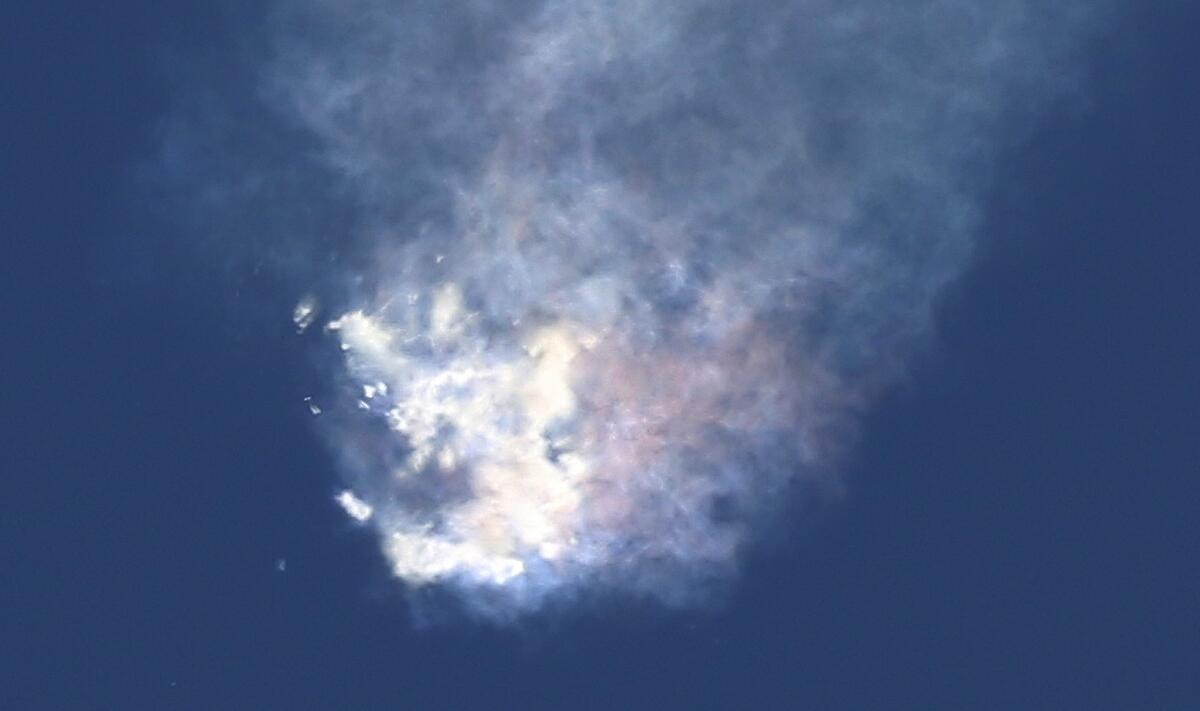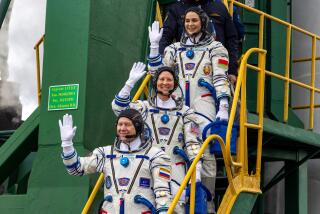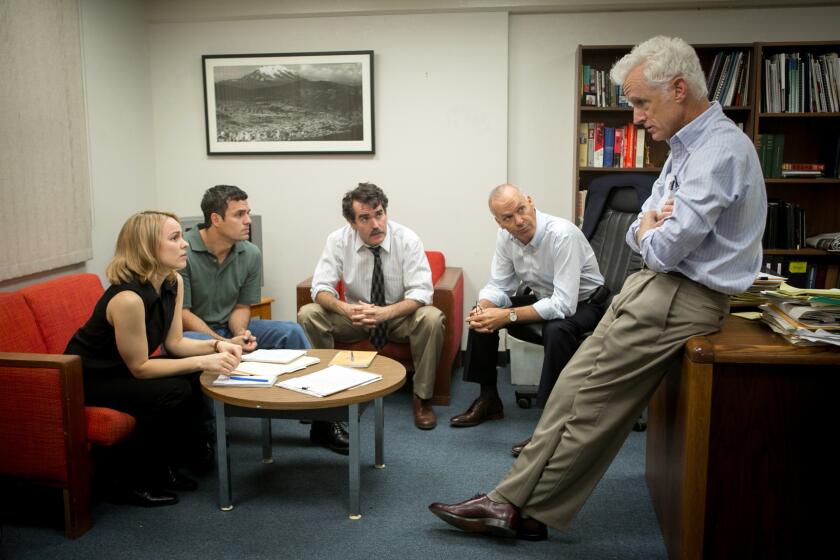SpaceX rocket failure raises questions about space station’s vital supplies

A SpaceX rocket breaks apart Sunday, just two minutes after launching from Cape Canaveral Air Force Station in Florida.
NASA prides itself on preparing for the worst, but three rocket explosions in eight months are testing the agency’s backup plans.
Sunday’s explosion of a SpaceX rocket, bound for the International Space Station, followed the fiery end of an Orbital Sciences launch in October and the failure of a Russian resupply vessel in April.
As both American companies remain grounded during ongoing investigations, questions are now being raised about how long NASA can keep the scientific researchers at the space station.
NASA officials remain confident that the crew has adequate food and water until the end of October, but the agency offered a less rosy outlook even before the last two failures.
In an April presentation to an advisory board, officials said food stockpiles would hit “the reserve level” in July and run out Sept. 5, according to slides from that presentation.
“Who would have ever predicted we would have lost these three vehicles,” William Gerstenmaier, a NASA associate administrator, said at a Sunday news conference.
According to the April presentation’s slides, water would run out Sept. 17 in the event that the station’s water-processing system failed. That situation has now become more likely with the loss of the SpaceX ship.
For months, NASA has been trying to repair the station’s water system. The necessary parts were among Sunday’s losses. They were also aboard the Orbital Sciences’ rocket that exploded just seconds after liftoff in October.
Now NASA must rebuild the parts for a third time.
“We are reaching the limit where we’d say we would stop using the water processor” and rely instead on water shipped from Earth or already stored onboard, said Michael Suffredini, manager of NASA’s space station program, at a news conference Sunday.
A NASA spokeswoman, Stephanie Schierholz, dismissed concerns Monday that astronauts could soon run out of provisions.
Schierholz said that the April presentation had included “very conservative projections” that NASA has since revised. She said the space station has reserves “carrying us well through October even without additional resupply.”
While NASA continued to review the consequences of the lost cargo Monday, SpaceX engineers at the company’s Hawthorne headquarters were poring over reams of data to determine why the rocket disintegrated just 139 seconds after liftoff.
The failure Sunday of the Falcon 9 rocket was a serious blow to upstart SpaceX, which has shaken the launch industry in recent years with its reliability and reasonable prices.
The disaster occurred just as the company had built up orders for almost 50 launches from a growing base of government and commercial customers. That work — worth $7 billion — is on hold until the company determines the explosion’s cause and fixes the problem.
Analysts say SpaceX may be able to recover more quickly than Orbital, which is redesigning its rocket after blaming the fuel pump in one of its 40-year-old Soviet engines.
Marco Caceres, an aerospace analyst with the Teal Group, said there did not appear to be problems with Falcon 9’s design since it had already flown successfully 18 times. Instead, he said, it could be a problem like a clog in a fuel line.
SpaceX needs to fly again quickly, he said, to avoid losing customers.
“They will want to move this story into history,” Caceres said.
SpaceX founder Elon Musk tweeted Monday that no cause had been determined after “several thousand engineering-hours” of review, meaning more than 100 engineers were working to investigate the problem.
Investigators were using software to recover the “final milliseconds” before the explosion, he tweeted.
For NASA, the focus now turns to another Russian cargo mission scheduled for Friday. The rocket is set to blast off from Kazakhstan with cargo that includes food, water and other provisions.
NASA’s Suffredini said Sunday that a Japanese cargo ship scheduled for an Aug. 16 launch would also be loaded heavily with water.
So far, the agency hasn’t wavered with plans to fly three more astronauts to the space station in late July — adding to the three-person crew now onboard.
Suffredini said the agency aims to have six months of supplies onboard the station at all times.
If supplies dwindle to 45 days, he said, the agency would begin arrangements to bring the astronauts back to Earth.
“We always have a vehicle there that can bring them home safely,” Suffredini said. “We’re not even close to that kind of conversation today.”
melody.petersen@latimes.com
Twitter: @melodypetersen
christine.mai-duc@latimes.com
Twitter: @cmaiduc








